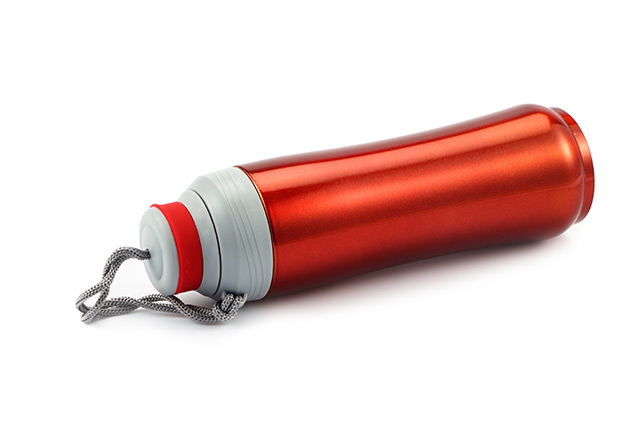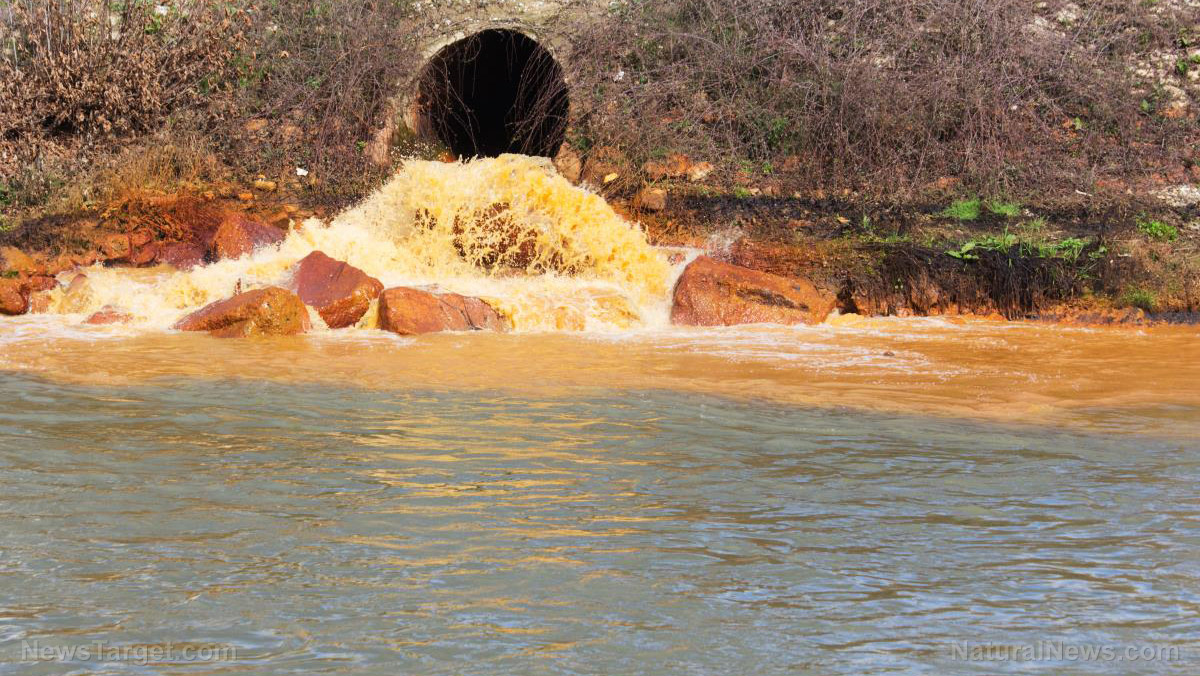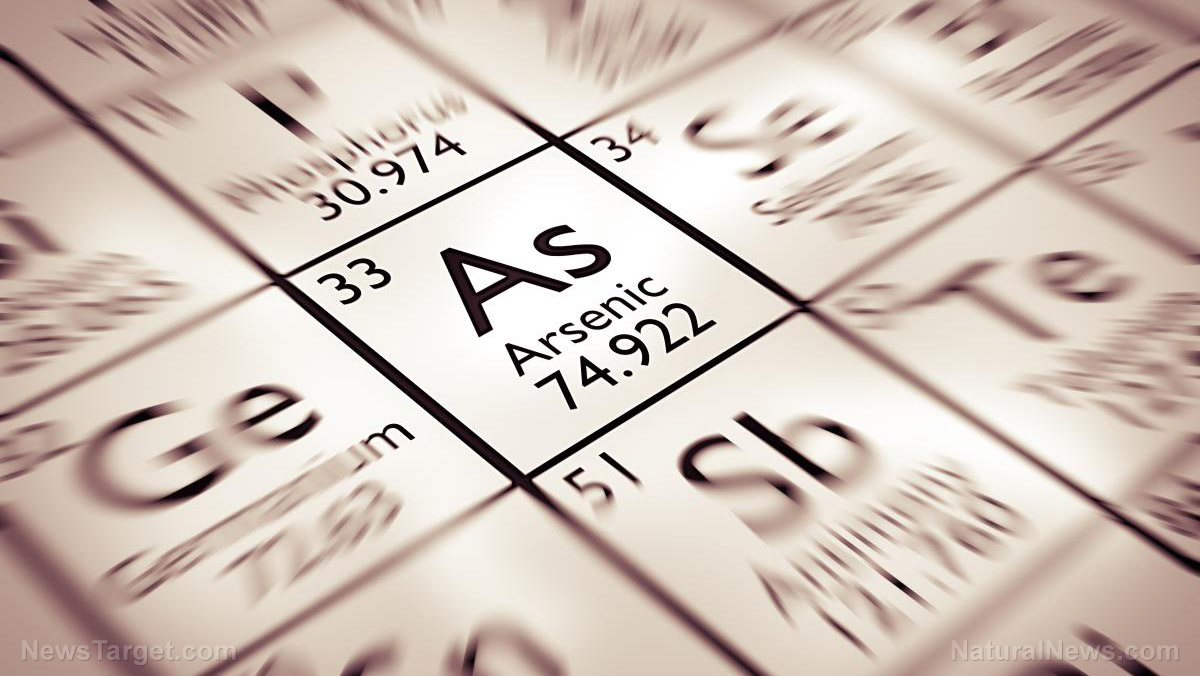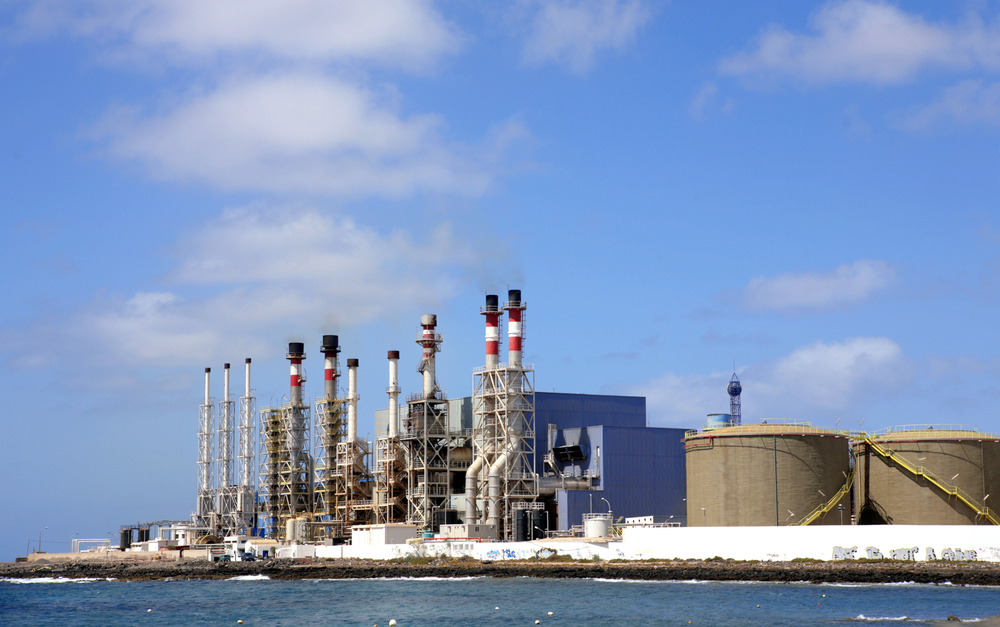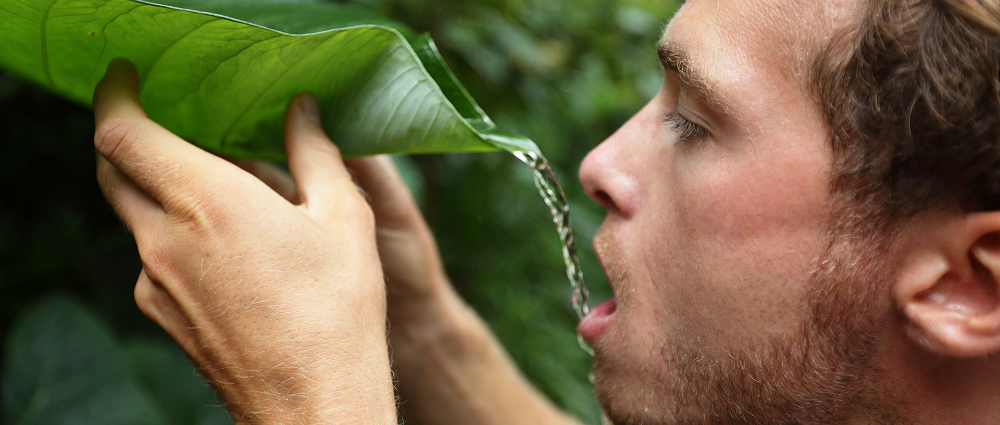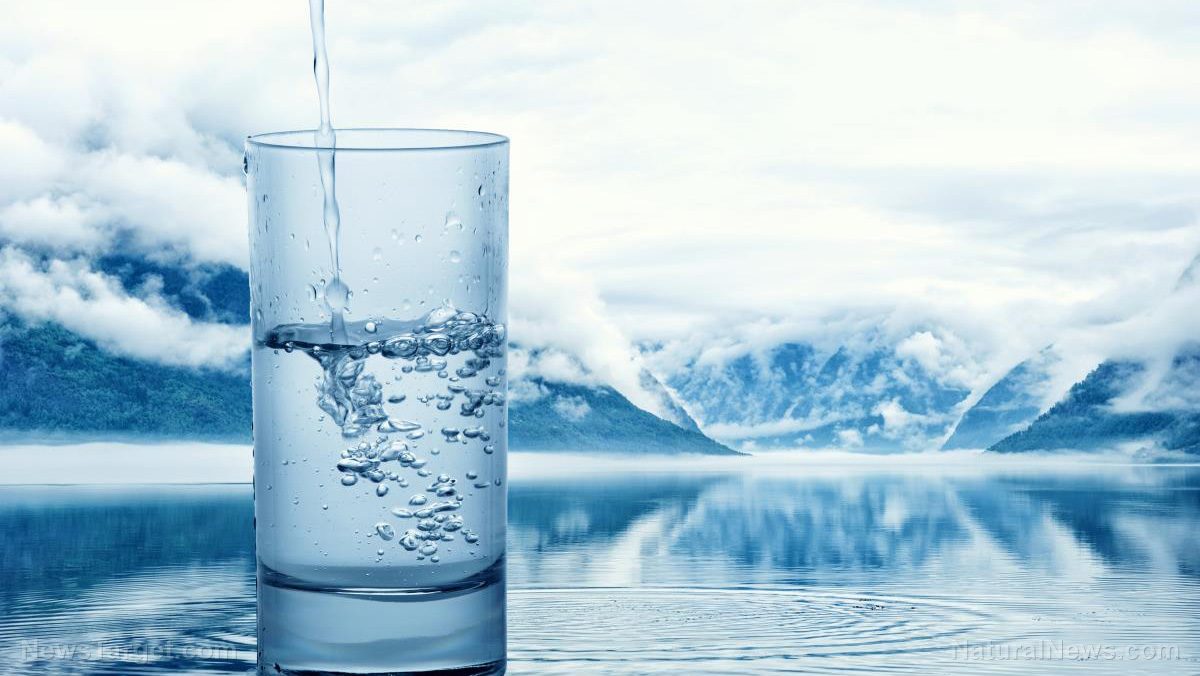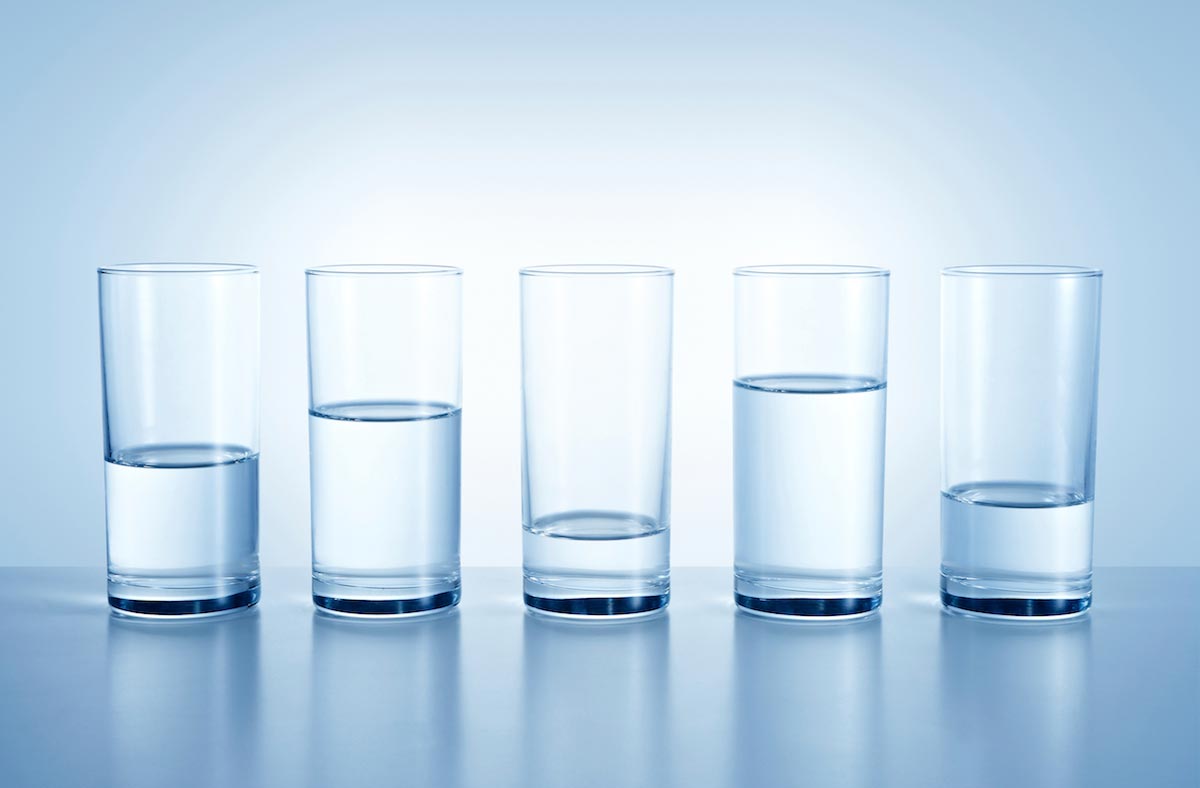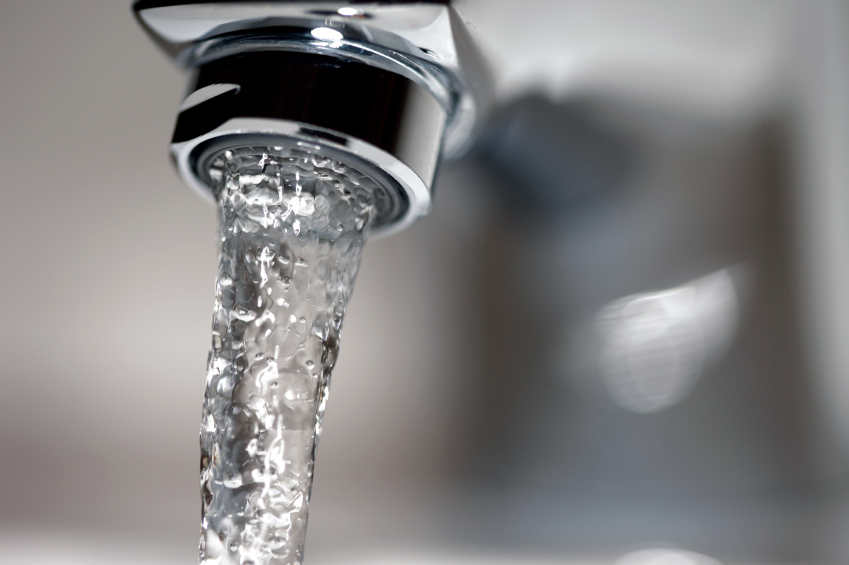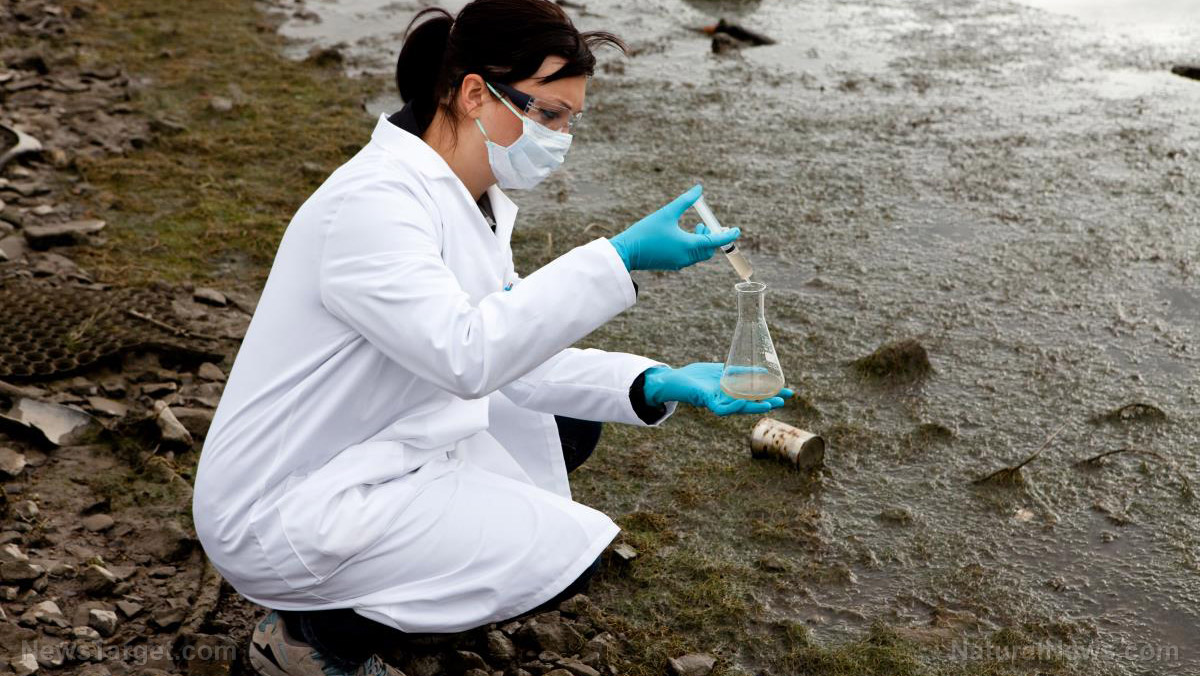Hudson River polluted by 100,000 gallons of raw sewage, baby wipes float down the river
03/28/2017 / By Vicki Batts
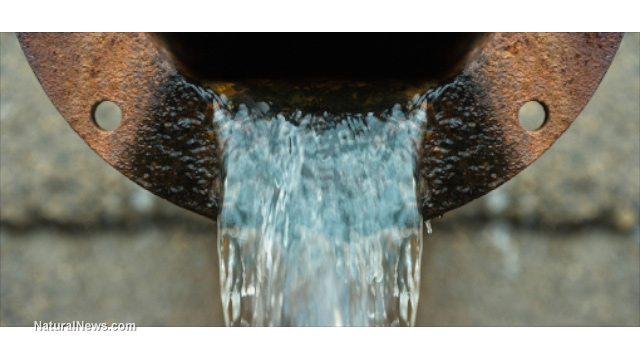
The Hudson River is primarily located in the state of New York, where it stretches for hundreds of miles before breaking off into New Jersey. Industrial pollution, and the dumping of sewage and other wastes, has been a chronic problem for the river. Despite state and local governments’ attempts at keeping the water clean, it seems that the waterway is without respite. Like many other bodies of water in the world, pollution is a serious issue.
Recently, New York’s Department of Environmental Conservation (DEC) revealed that thousands of gallons of raw, untreated sewage mysteriously spilled into the Hudson. The flow of wastewater is thought to have begun at around 4:00p.m. on Sunday, March 19. According to the DEC, the untreated sewage gushed into the river for an entire hour, and officials believe that some 100,000 gallons of wastewater was released into the waterway. The spill took place near the state’s capital city, Albany.
Snow causes sewage spill?
What could cause such a thing? The DEC has attributed the spill to a “snow melt event,” meaning that melting snow was too much for the local sewer systems to handle. This led to an estimated 75 minutes of untreated sewage flowing into the Hudson.
The sewage system in Albany that caused the spill is one of 76 “combined sewer systems” in the state of New York. As Time Out explains, “Those systems are generally associated with older municipalities, and are set up to have water from storm drains pour into the sewer system. When there is simply too much water in the system, the excess sewage pours into the adjacent waterway.” It appears in this case, the adjacent waterway is the Hudson River. “Combined sewer overflow” is what the entire phenomenon is called, but having a name for it doesn’t really make it any less disconcerting.
Many communities in the Hudson Valley obtain their drinking water from the river, though eating fish caught from the river is not recommended. The DEC reports that floating waste like baby wipes and other items have been seen making their way down the river, though that may not really be an unusual occurrence for one of the nation’s most polluted rivers.
The Hudson river has a history of pollution
In 2012, Environment New York conducted a survey of 1,900 rivers nationwide, and the Hudson was ranked as the 24th most polluted river in the United States. Environment New York is a citizen-based environmental advocacy group and their report, “Wasting Our Waterways: Industrial Toxic Pollution and the Unfulfilled Promise of the Clean Water Act,” investigated toxic discharges in waterways across the country.
Their report noted that the Finch Paper facility located in Glens Falls had released 1.4 million pounds of toxic waste into the Hudson in the year 2010. But that isn’t the only company to dump their leftovers into the waterway. For thirty years, General Electric dumped toxic polychlorinated biphenyls, or PCBs, into the Hudson. Between 1947 and 1977, an estimated 1.3 million pounds of the toxic compounds were dumped into the river. GE did not begin to clean up the hazardous, toxic mess until 2009. According to the DEC, the level of PCBs and other contaminants in the water of the Hudson River, remains high enough to negatively affect the survival, growth and reproduction of the river’s inhabitants.
The DEC reports that it will take many more cleanups to deal with the PCBs and other existing contaminants, and notes that their efforts will not completely eliminate the problem. The agency also admits that research has revealed that there are many other contaminants being found in the river, such as antibiotics and hormones from drugs or personal care products.
The Hudson River has a history rife with contamination and pollution, and many of the toxic things poured into the waterway are sadly a lot worse than sewage.
Sources:
Tagged Under: Hudson River, toxic waste




